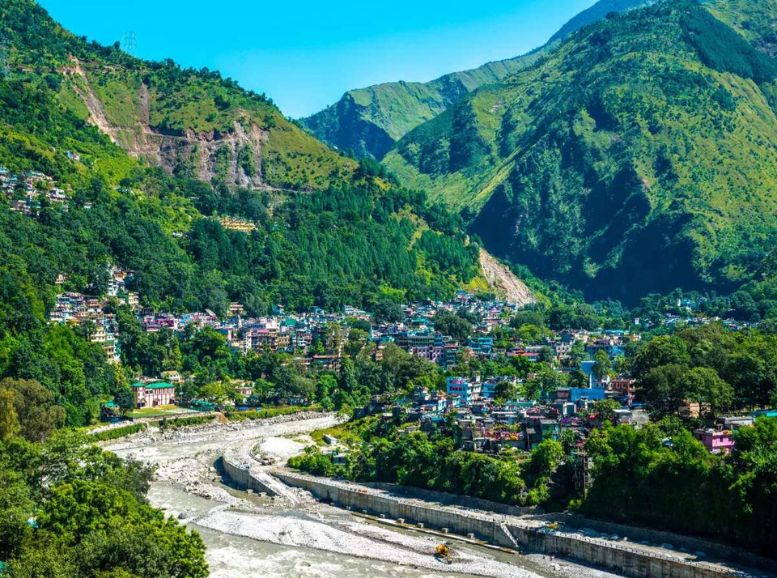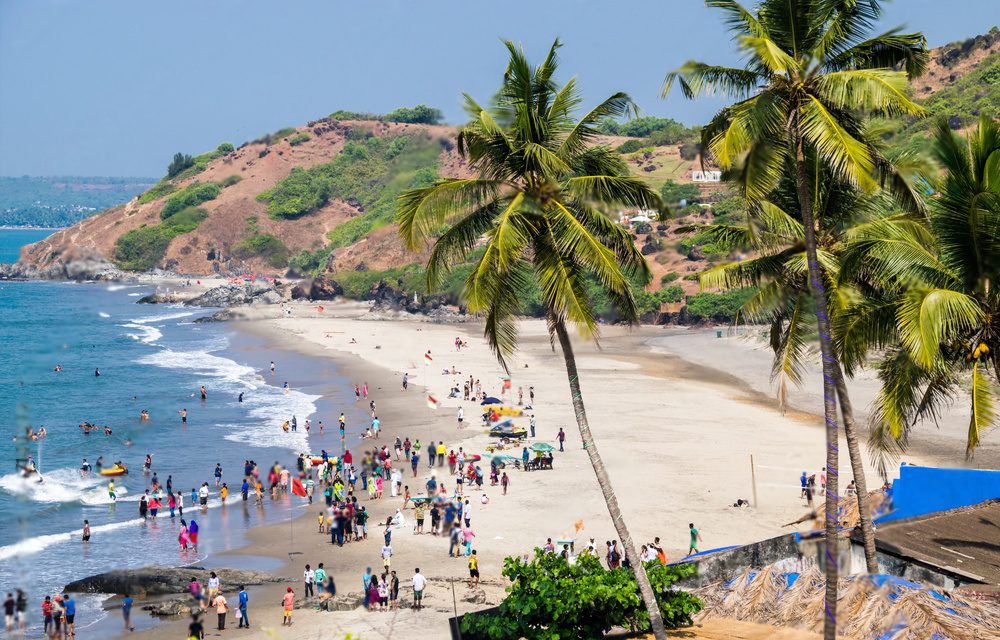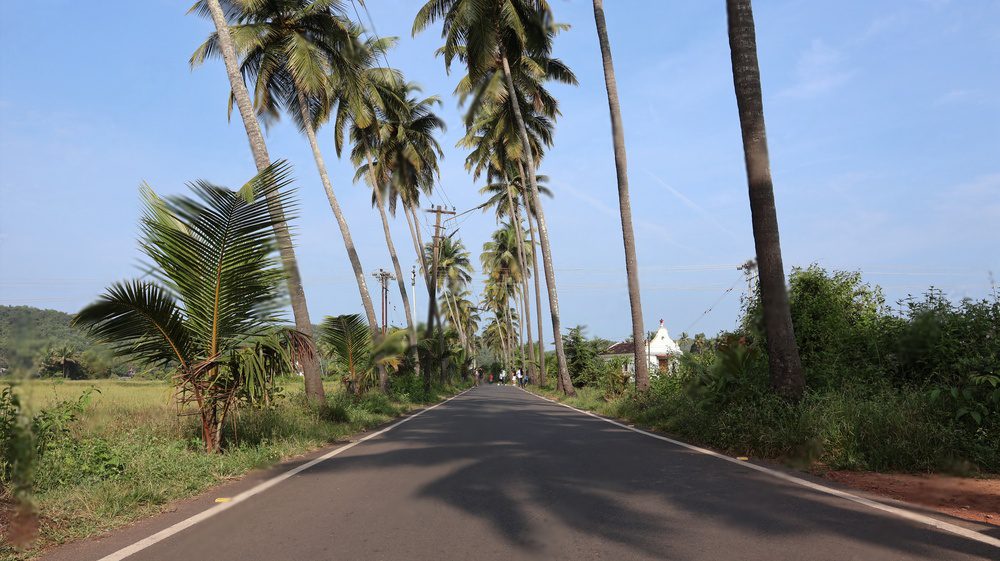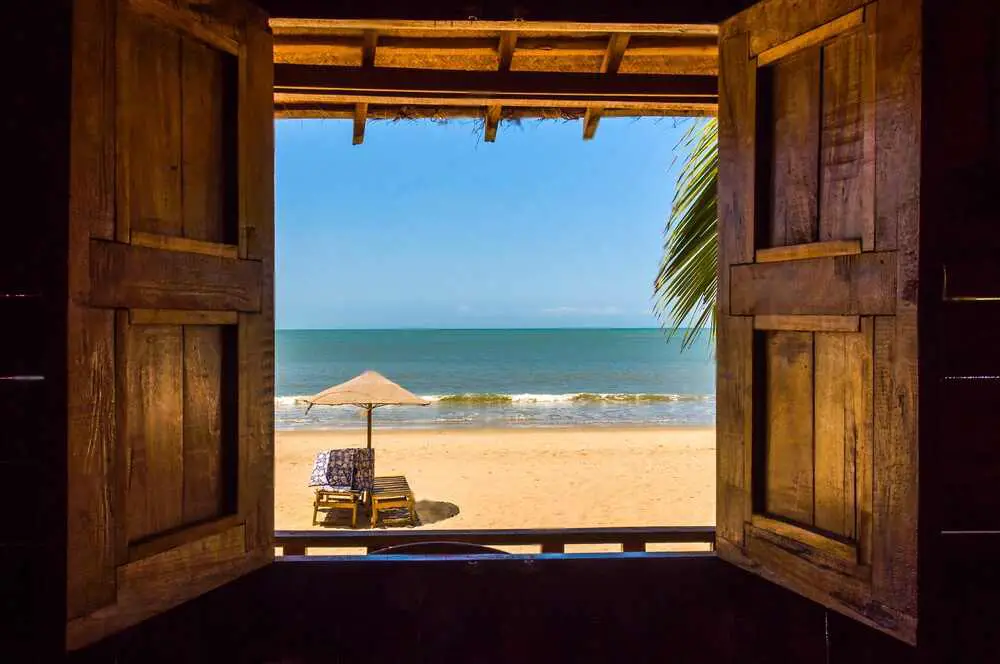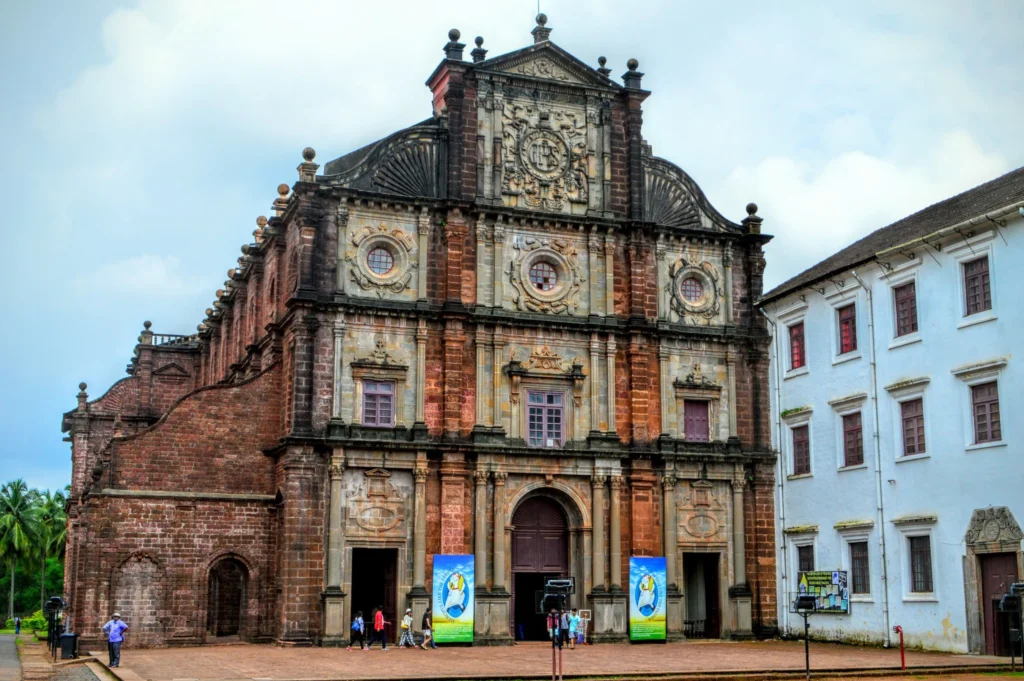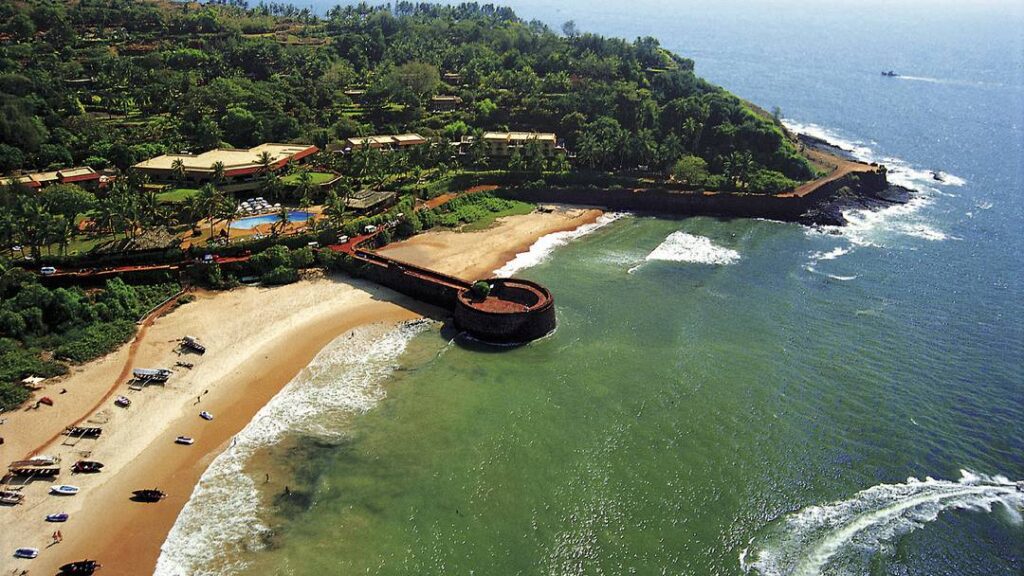Pithoragarh, nestled amidst the majestic Himalayas, is a serene haven that captivates travelers with its breathtaking landscapes, rich cultural heritage, and profound spiritual aura. Located in the northern Indian state of Uttarakhand, this charming district serves as a gateway to the Himalayan ranges. It offers a mesmerizing blend of natural beauty and cultural vibrancy. From snow-capped peaks and verdant valleys to ancient temples and quaint villages, Pithoragarh beckons adventurers, nature enthusiasts, and spiritual seekers on an unforgettable journey of exploration and discovery. In this guide, we delve into the enchanting realms of Pithoragarh, unraveling its treasures and inviting you to immerse yourself in the timeless charm of this Himalayan gem.
How to reach:
By Road:
Pithoragarh is well-connected by road to major cities and towns in Uttarakhand and neighboring states. Regular bus services operate from cities like Delhi, Dehradun, Haridwar, and Haldwani to Pithoragarh, with travel times varying depending on the route. Private taxis and shared jeeps are also available for hire from nearby towns and cities. While Pithoragarh itself doesn’t have an airport, the nearest domestic airport is in Pantnagar, approximately 241 kilometers away.
By Train:
Pithoragarh itself doesn’t have a railway station. However, the nearest major railhead is Kathgodam Railway Station, situated about 200 kilometers away. From Kathgodam, taxis and buses are readily available for onward travel to Pithoragarh.
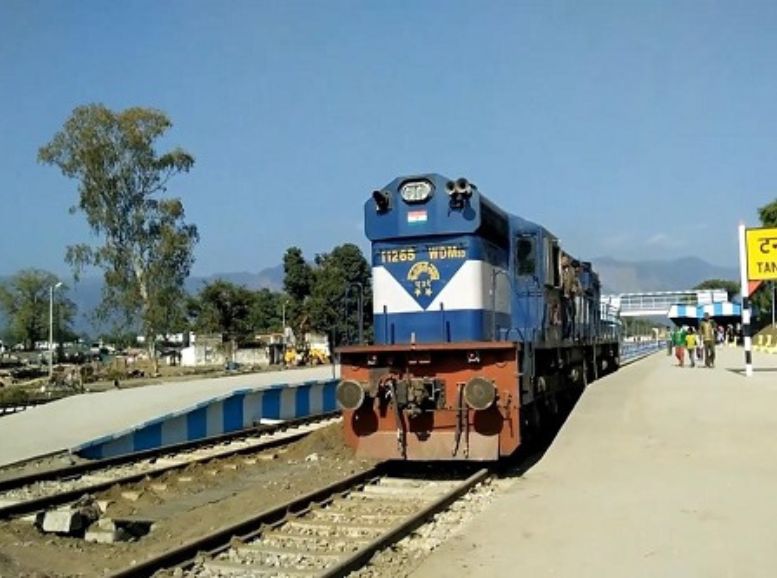

By Air:
Pithoragarh itself doesn’t have an airport. The nearest domestic airport is Pantnagar Airport, approximately 241 kilometers away. While flights to Pantnagar are limited, it might be an option for those finding suitable connections.
By Self-Drive:
Driving to Pithoragarh can be a scenic and adventurous experience, especially for road trip enthusiasts. The roads offer stunning Himalayan views, but be aware that some stretches can be steep and winding. Ensure your vehicle is in good condition and suitable for mountainous terrain before you start your journey.
Best time to visit:
Spring:
Spring (March to June) paints Pithoragarh in vibrant hues. Blooming flowers and lush greenery transform the landscape into a photographer’s paradise. Pleasant weather with temperatures ranging from 15°C to 25°C makes it ideal for outdoor activities like trekking, hiking, and exploring the region’s natural beauty. The springtime also coincides with [name of a local spring festival], adding a festive touch to your trip
Autumn:
Autumn (September to October) is another season of enchantment in Pithoragarh. Monsoon rains give way to clear skies and cool breezes, perfect for stargazing and soaking in the crisp mountain air. The temperature ranges from 10°C to 20°C, creating comfortable conditions for outdoor adventures and cultural exploration. The snow-capped peaks of the Himalayas become even more prominent against the clear autumn sky, making for a truly breathtaking spectacle.
Monsoon:
Monsoon season in Pithoragarh (July to August) brings heavy rainfall, which can sometimes trigger landslides and cause road closures. This can make travel during this time challenging. If you’re flexible with your travel dates, consider visiting Pithoragarh during the spring, autumn, or winter seasons for a more enjoyable experience.
Winter: Pithoragarh
Spring (March to June) and autumn (September to October) offer the most pleasant weather conditions for exploring Pithoragarh. During these seasons, you’ll experience comfortable temperatures, clear skies, and vibrant landscapes, making them ideal for outdoor activities and sightseeing.
Must-see places:
Askot Wildlife Sanctuary:
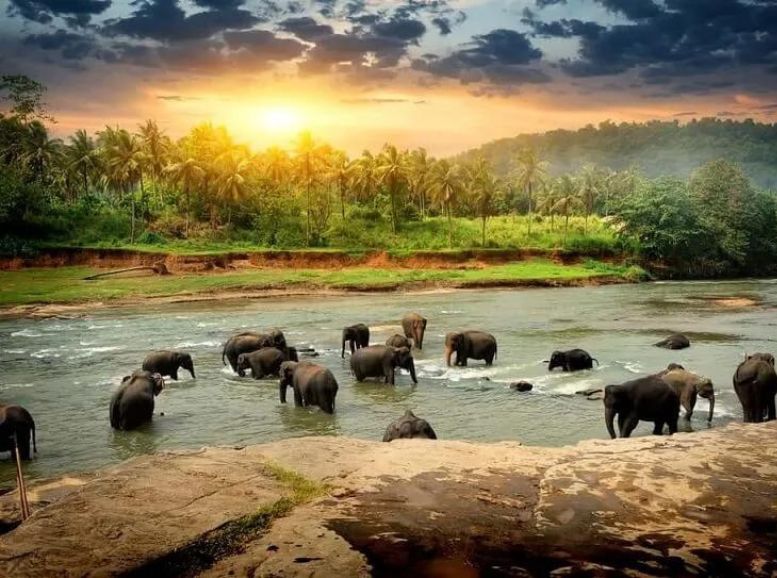

Askot Wildlife Sanctuary, a sprawling 600 square kilometer haven in the Himalayas, is a paradise for nature enthusiasts. This biodiversity hotspot boasts diverse ecosystems, from wildflower-filled meadows to dense forests and rugged mountains. Embark on guided walks, birdwatching trips, or wildlife safaris to spot elusive Himalayan creatures like the endangered snow leopard, musk deer, and black bear. Pristine beauty and the chance to encounter rare wildlife in their natural habitat make Askot an unforgettable experience.
Chandak Hills:
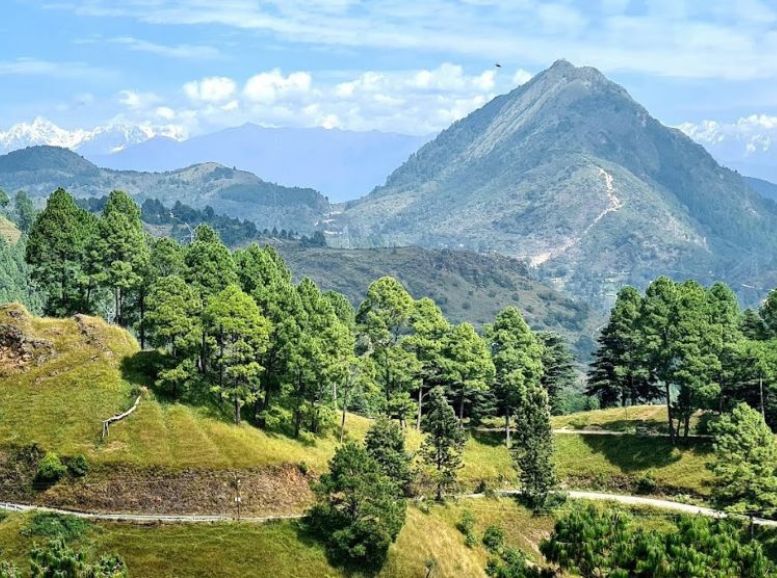

Nestled in the beautiful Pithoragarh region, Chandak Hills call to outdoor enthusiasts with their wild mountains, thick forests, and rushing waterfalls. Trekkers and nature lovers flock here for the many trails that wind through lush woods, past gurgling streams, and up to stunning viewpoints with breathtaking views of the Himalayan peaks. With its peaceful atmosphere and hidden treasures like Shakti Waterfall and Thal Kedar Temple to discover along the way, Chandak Hills is a perfect escape for those seeking peace and quiet in nature’s embrace.
Thal Kedar Temple:
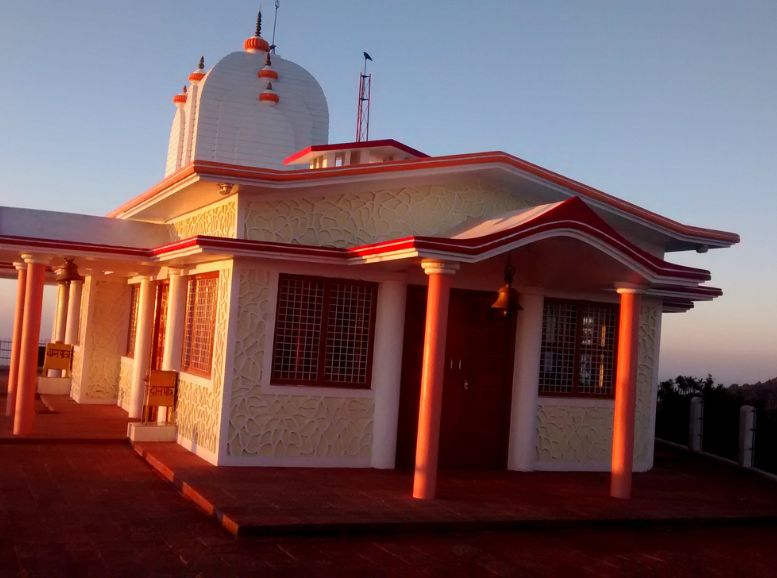

High up in the peaceful hills of Pithoragarh, surrounded by lush greenery, sits the Thal Kedar Temple. This ancient temple, dedicated to Lord Shiva, is a sacred place for Hindus. People come here to pray, seek blessings, and find peace. The calm atmosphere, beautiful views of the Himalayas, and the nearby Ram Ganga River create a special feeling that’s perfect for quiet reflection. Whether you’re religious or not, Thal Kedar Temple is a beautiful place to visit and experience the spiritual heritage of Pithoragarh.
Champawat:
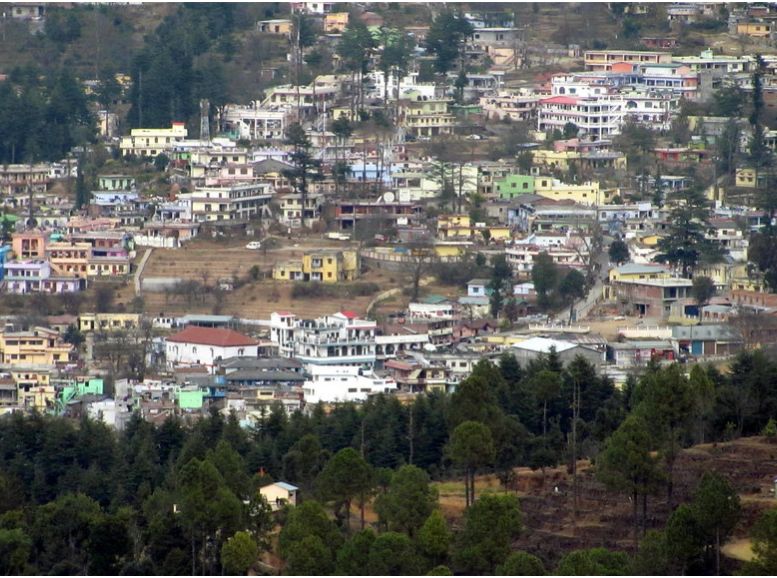

Champawat, a gem nestled in Pithoragarh, boasts a rich past and cultural significance. This charming town is known for its ancient temples, architectural marvels, and vibrant atmosphere. Admire the intricate carvings and sculptures adorning the Baleshwar Temple dedicated to Lord Shiva and the Nagnath Temple dedicated to Lord Krishna. These temples stand as testaments to Champawat’s long history and deep-rooted faith. Explore the town’s narrow lanes, bustling markets, and historical sites, immersing yourself in its timeless appeal. Champawat’s captivating blend of spirituality, history, and natural beauty offers a glimpse into the very soul of Pithoragarh’s culture.
Mayawati Ashram:
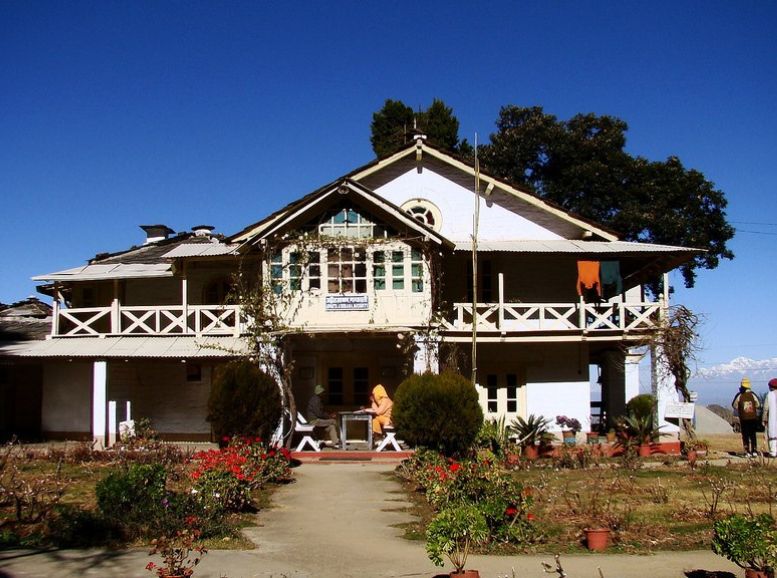

High in the quiet hills of Pithoragarh, surrounded by lush forests, you’ll find Mayawati Ashram. Founded in 1899 by Swami Vivekananda, this peaceful place is perfect for those seeking spiritual renewal. Visitors come here to meditate, reflect, and learn more about themselves. You can join yoga or meditation classes, listen to talks about spiritual matters, or simply relax and enjoy the beautiful scenery. With stunning views of the Himalayas, calming streams, and a peaceful atmosphere, Mayawati Ashram is a true hidden gem for those on a spiritual journey or anyone needing a break from the hustle and bustle.
Gori Ganga River:
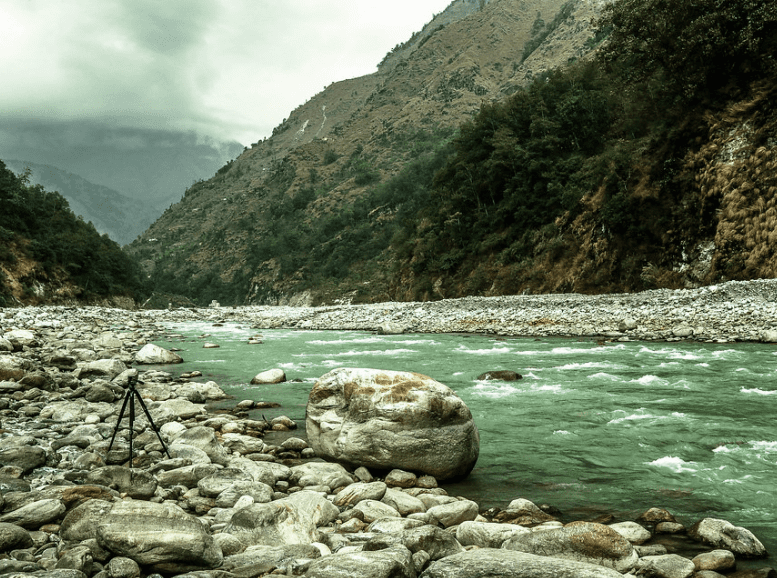

The Gori Ganga River winds its way through Pithoragarh’s mountains. This beautiful river, with its clean, clear water, starts high up in the snowy Himalayas. As it flows, it creates a stunning backdrop of valleys, forests, and villages. Nature lovers and adventure seekers will find plenty to do here, from having picnics by the river to fishing for trout. The Gori Ganga is also important to Hindu religion, with temples and holy sites along its banks. These attract pilgrims seeking blessings and spiritual peace.
Narayan Ashram:
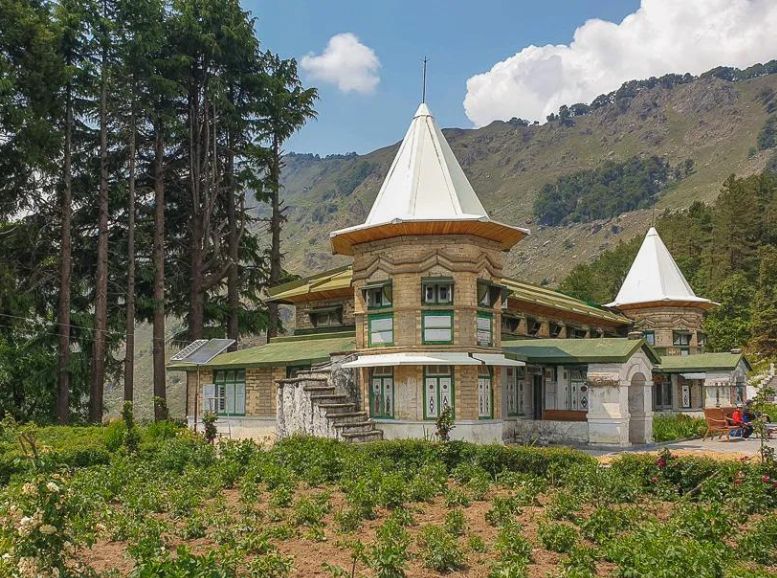

On the banks of the calming Kali River sits Narayan Ashram, a spiritual place founded in 1936. Surrounded by mountains and greenery, this ashram offers a peaceful escape for meditation, yoga, and reflection. Visitors can join daily prayers, listen to spiritual talks, or volunteer in the community, experiencing the ashram’s focus on helping others and spiritual growth. The ashram also runs programs like schools, health clinics, and environmental projects, helping the local people and protecting nature. With its peaceful atmosphere, spiritual teachings, and good works, Narayan Ashram is a place of peace, kindness, and service, inspiring visitors to find inner peace and purpose.
Ralam Glacier:
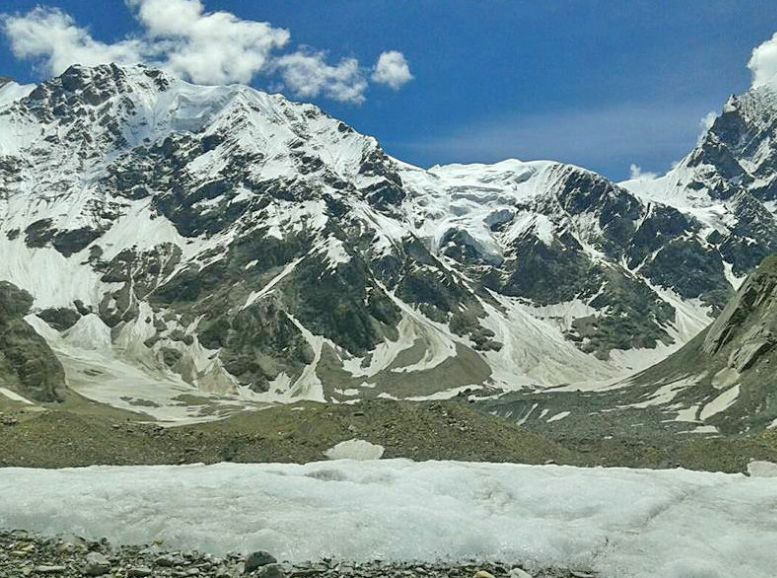

Deep in the Pithoragarh district, far from the crowds, lies the Ralam Glacier. This amazing glacier, surrounded by tall mountains and untouched forests, is a giant sheet of ice and snow. The snow on the surrounding mountains melts all year round, feeding the Ralam Glacier and many rivers, like the Ralam Gad and Gori Ganga. These rivers are vital for the plants and animals of the area, and for the people who live there. An adventure to Ralam Glacier is a chance for trekkers to see the incredible beauty of the Himalayas. They’ll hike through tough mountainsides, meadows high in the mountains, and cross high passes. The reward? Breathtaking views of snow-capped mountains, bright blue skies, and lush green valleys – an unforgettable experience.
Jauljibi:
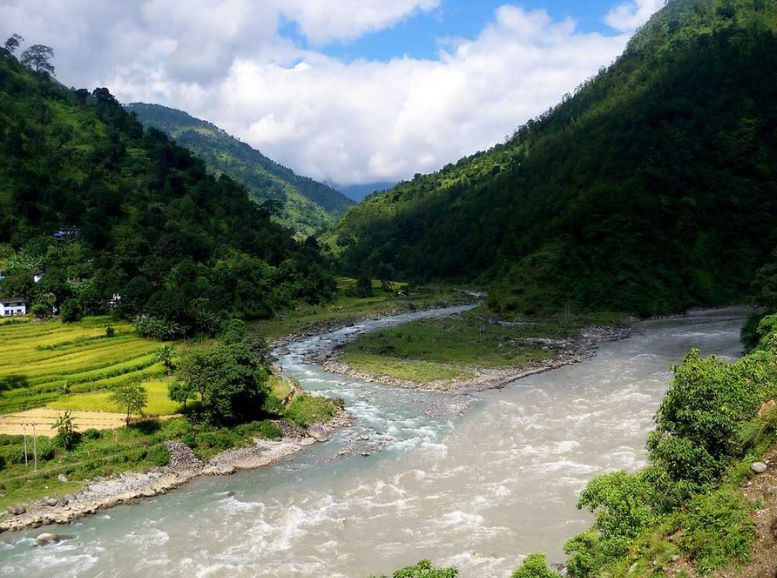

Jauljibi is a charming town where the Kali and Gori Ganga rivers join. This scenic spot, nestled in Pithoragarh, is known for its lively atmosphere, bustling markets, and stunning Himalayan views. Jauljibi holds a special place in Hindu religion with many temples and shrines, attracting pilgrims throughout the year. The town also comes alive during festivals like the Jauljibi Fair, a vibrant celebration filled with energy and excitement.
Local experiences:
Walks with Locals: Explore the heart of rural Pithoragarh on guided walks. Wander through charming villages nestled amidst terraced fields, meet friendly locals, and witness ancient customs firsthand. Learn about milking cows, tending to fields, and traditional rituals – a glimpse into the simple life.
Workshops with Artisans: Delve into the artistic heritage with hands-on workshops. Learn pottery-making, intricate weaving, or crafting wooden souvenirs from skilled artisans. Create your own masterpiece and gain a deeper appreciation for the region’s age-old techniques.
Folklore Comes Alive: Immerse yourself in the vibrant sounds of Pithoragarh. Witness live folk music and dance performances showcasing traditional Garhwali and Kumaoni styles like the Chholiya, Jhora, and Langvir Nritya. Soul-stirring tunes of local instruments like the dhol, damau, and ransingha will leave you enthralled.
Celebrations Galore: Plan your trip around local festivals and celebrations, a vibrant display of community spirit. Witness the colors of Holi, the sacred rituals of Diwali, or the cultural extravaganza of Nanda Devi Raj Jat Yatra. These festivals showcase the region’s beliefs, heritage, and unity.
Flavors of the Himalayas: Embark on a delicious journey through Pithoragarh’s cuisine. Savor traditional Kumaoni delicacies prepared with local ingredients and age-old recipes. Join cooking classes and learn to make regional specialties like ‘ras,’ ‘bhang ki chutney,’ and ‘singal.’ Discover the true taste of the Himalayas.
Blessings and Feasts: Participate in temple festivities and rituals at ancient shrines. Witness rhythmic bhajans, the fragrance of incense, and sacred spaces where devotees gather to seek blessings and share communal meals.
Beyond sight-seeing:
Cultural Immersion:
Explore the rich culture of Pithoragarh! Join in on local festivals, lively folk performances, and traditional ceremonies. These celebrations are a fun way to learn about the area’s long history and customs. Want to get even closer to the culture? Sign up for workshops or chat with local artisans who can teach you traditional crafts like wood carving, weaving beautiful cloth by hand, and making pottery.
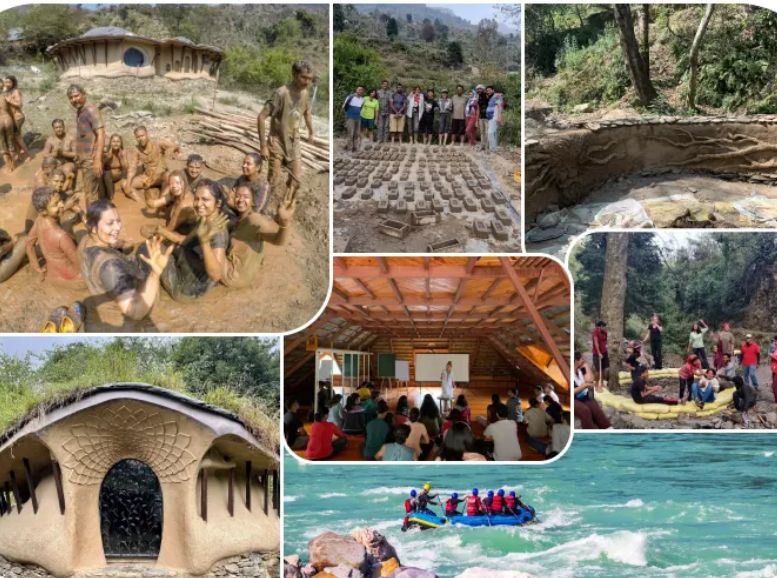

Homestay Experience:
Stay in a homestay, a cozy house where a local family lives. This way, you’ll get to experience their daily life firsthand. Enjoy delicious home-cooked meals made with fresh local ingredients. In the evenings, sip a cup of chai by the fireplace and chat with your hosts about their culture and traditions. It’s a warm and welcoming way to see the real Pithoragarh.
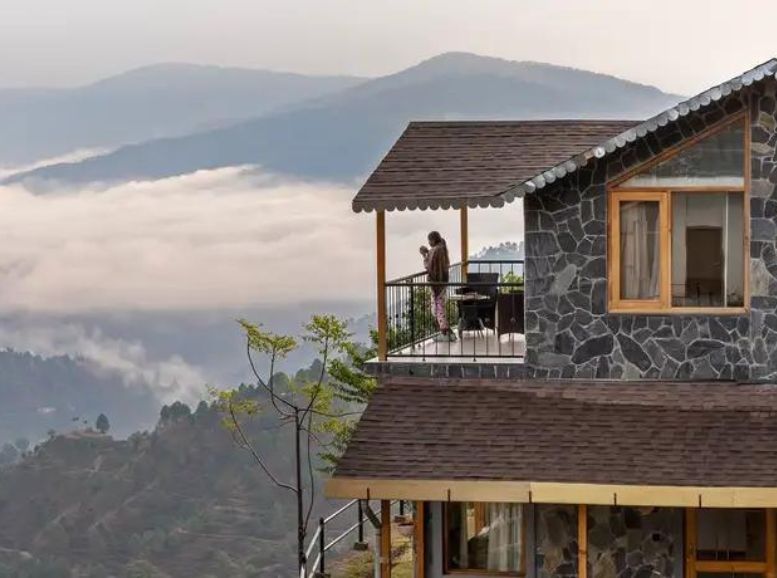

Agricultural Tourism:
Pithoragarh offers a unique chance to experience agriculture firsthand! Try agri-tourism, a program where you visit working farms. Explore organic farms, orchards bursting with fruit, and spice plantations filled with fragrant aromas. Local farmers will share their knowledge of traditional farming methods, how they grow different crops, and the clever irrigation systems they use. It’s a fun way to learn where your food comes from and see how life works in rural Pithoragarh.
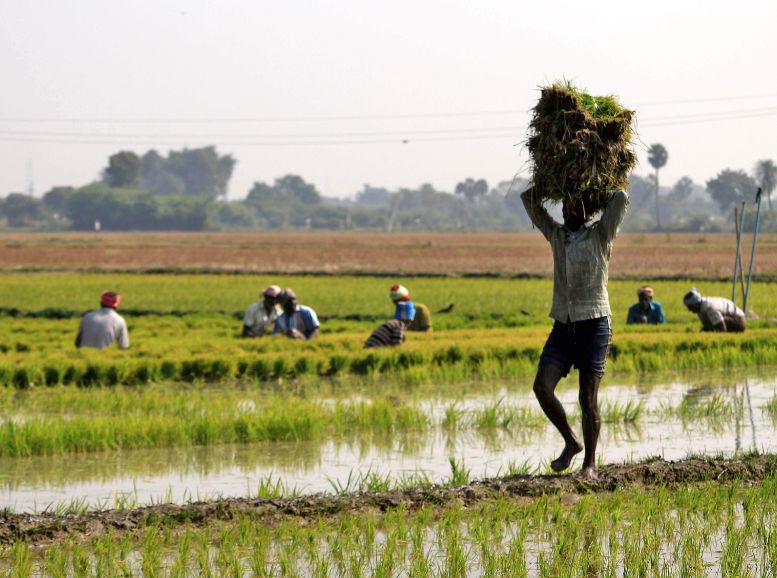

Yoga and Meditation Retreats:
Pithoragarh is a great place to unwind and recharge. Join a yoga and meditation retreat here! Learn yoga poses (asanas), breathing exercises (pranayama), and mindfulness techniques from experienced teachers. These retreats will help you relax deeply and find inner peace, all surrounded by the stunning Himalayan scenery.
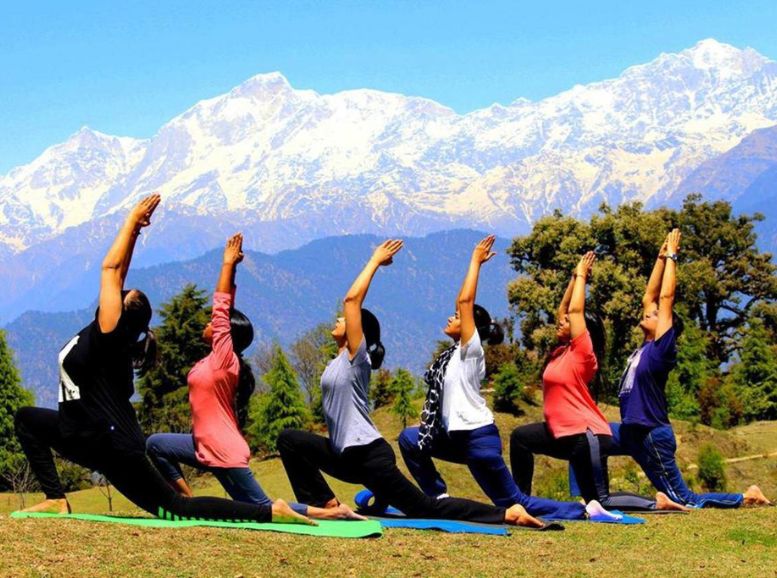

Adventure Sports:
Pithoragarh is an adventure lover’s paradise. Go trekking on unbeaten paths, conquer exciting peaks, and experience the wild beauty of nature. If you’re looking for more thrills, try mountain biking, paragliding, or river rafting on the pristine rivers. Pithoragarh’s majestic mountains and stunning scenery will provide a breathtaking backdrop to your adventures.
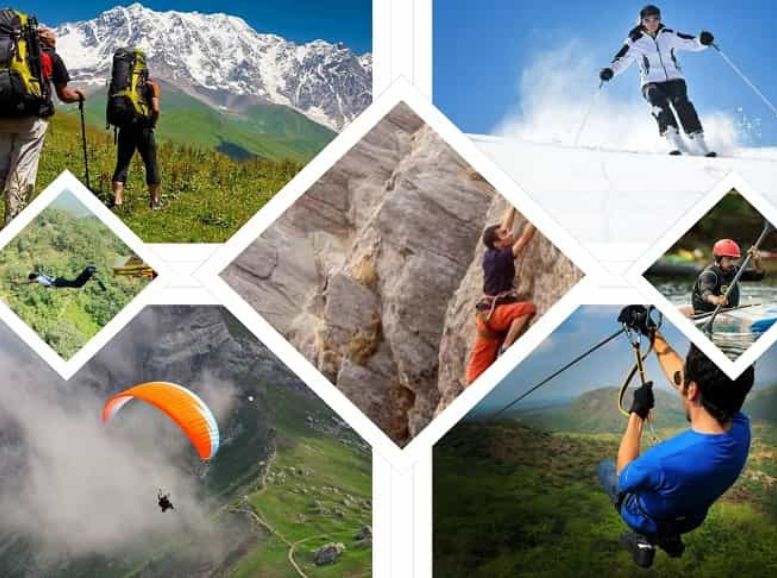

Foodie delights:
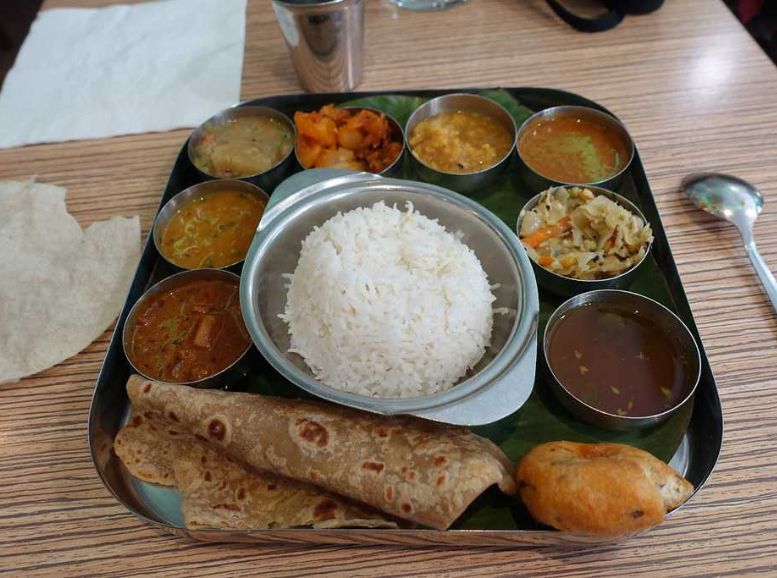

- Dubuk: A savory dish made from coarsely ground wheat flour, flavored with ghee and spices, offering a wholesome taste.
- Aloo ke Gutke: Popular side dish of sautéed potatoes with aromatic spices, providing a crispy texture and rich flavor.
- Singal: Unique bread made from wheat flour dough, deep-fried until golden and puffed, perfect for pairing with savory dishes.
- Gahat Soup: Nutritious soup made from horse gram lentils, simmered with garlic and ginger, known for its robust flavor.
Transportation:
Transportation in Pithoragarh primarily relies on road networks due to its mountainous terrain. The town is well-connected to major cities and towns in Uttarakhand and neighboring states via roadways, with regular bus services operating from cities like Delhi, Dehradun, Haridwar, and Haldwani. Travelers can also hire private taxis or shared jeeps from nearby towns for added flexibility.
While Pithoragarh doesn’t have its own railway station, Kathgodam Railway Station serves as the nearest major railhead, located approximately 200 kilometers away. From Kathgodam, travelers can hire taxis or board buses to reach Pithoragarh, enjoying scenic views en route.
Travel tips:
- Dress in Layers: Pithoragarh’s mountain climate can change quickly. Pack clothes for both warm and cool weather, with layers you can easily add or remove.
- Hydrate, Hydrate, Hydrate: The high altitude dries you out fast. Bring a refillable water bottle and sip often. Bottled water is available in towns.
- Adjust to the Altitude: Coming from lower areas? Take it easy for a couple of days to avoid altitude sickness. Rest often and skip strenuous activities until you’re acclimated.
- Plan Your Ride: Public transport schedules can vary. Research bus and shared taxi routes in advance and book tickets if possible.
- Mind the Mountain Roads: Mountain roads are narrow, winding, and prone to landslides during monsoons. Drive cautiously and expect delays due to roadblocks or maintenance.
- Local Customs Matter: Pithoragarh has a rich culture. Dress modestly, respect local norms, and ask permission before taking photos of people or religious sites.
Conclusion
Pithoragarh stands out as a captivating destination nestled amidst the majestic Himalayas, offering a harmonious blend of natural beauty, cultural richness, and spiritual serenity. From historic forts to sacred temples and pristine rivers, Pithoragarh invites adventurers, nature enthusiasts, and spiritual seekers to embark on an unforgettable journey. With diverse attractions, delectable cuisine, and warm hospitality, visitors can immerse themselves in the timeless charm of the Himalayan landscape. Whether trekking scenic trails, savoring local delicacies, or exploring ancient temples, Pithoragarh offers experiences that leave a lasting imprint. For those planning their adventure, Xplro.com serves as a valuable resource, providing comprehensive guides and personalized recommendations to ensure a memorable experience in this Himalayan gem.
FAQs
- What is the best time to visit Pithoragarh?
- The best time to visit Pithoragarh is during the summer months from March to June when the weather is pleasant, and the skies are clear, offering breathtaking views of the Himalayas.
- How can I reach Pithoragarh?
- Pithoragarh is well-connected by road. You can either drive or take a bus from major cities like Delhi, Dehradun, or Kathgodam. The nearest railway station is Kathgodam, and the nearest airport is Pantnagar.
- What are the must-visit attractions in Pithoragarh?
- Some must-visit attractions in Pithoragarh include Pithoragarh Fort, Askot Wildlife Sanctuary, Chandak Hills, Kapileshwar Mahadev Temple, and Gangolihat.
- Are there any trekking opportunities in Pithoragarh?
- Yes, Pithoragarh offers several trekking routes, including the trek to Munsiyari, Ralam Glacier, and the scenic trails in the Chandak Hills.
- What is the local cuisine of Pithoragarh like?
- The local cuisine of Pithoragarh is rich and flavorful, with specialties like Bhatt ki Churdkani, Dubuk, Aloo ke Gutke, and Singal being popular choices among visitors.
- Is it safe to travel to Pithoragarh alone?
- Pithoragarh is generally safe for solo travelers. However, it’s advisable to exercise caution, especially while trekking or exploring remote areas.
- What are the accommodation options available in Pithoragarh?
- Pithoragarh offers a range of accommodation options, including budget guesthouses, mid-range hotels, and luxury resorts, catering to different preferences and budgets.
- Are there any festivals celebrated in Pithoragarh?
- Yes, Pithoragarh celebrates several festivals with great fervor, including Makar Sankranti, Baisakhi Mela, and Navratri, offering visitors a glimpse into the region’s vibrant culture and traditions.
- Can I visit Pithoragarh during the monsoon season?
- While the monsoon season (July to September) brings heavy rainfall and the risk of landslides, some travelers prefer visiting during this time to witness the lush greenery and enjoy off-season discounts on accommodations.
- Are there any wildlife sanctuaries near Pithoragarh?
- Yes, Askot Wildlife Sanctuary and Nanda Devi National Park are located near Pithoragarh, offering opportunities for wildlife enthusiasts to spot rare species like the snow leopard and Himalayan musk deer.
